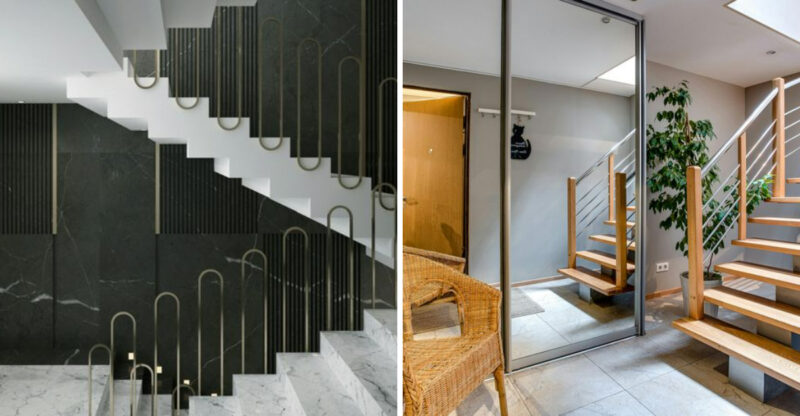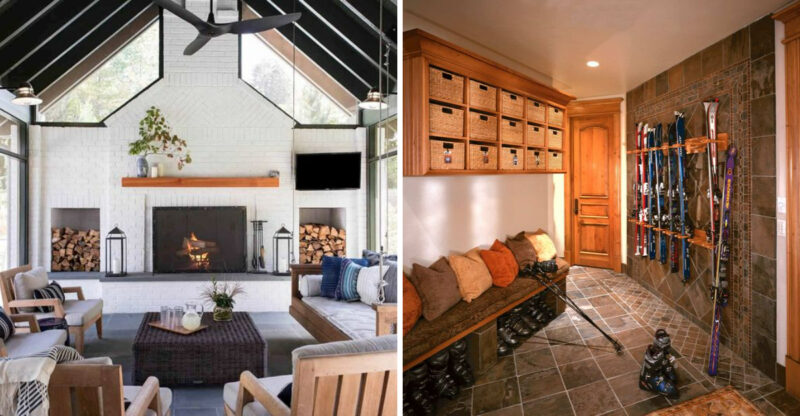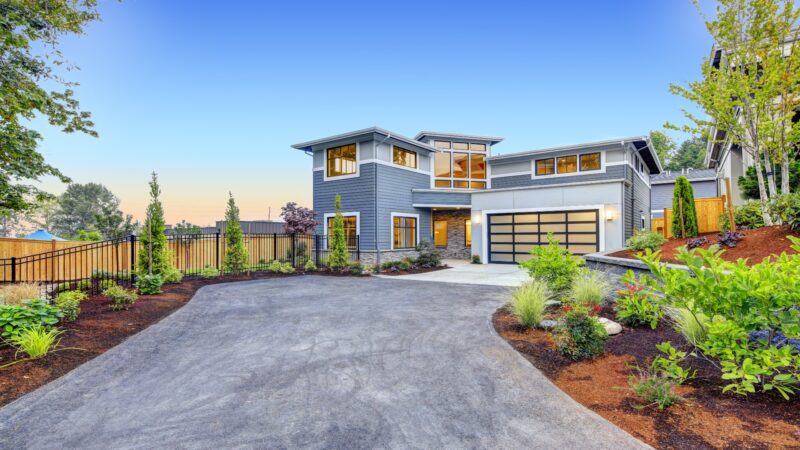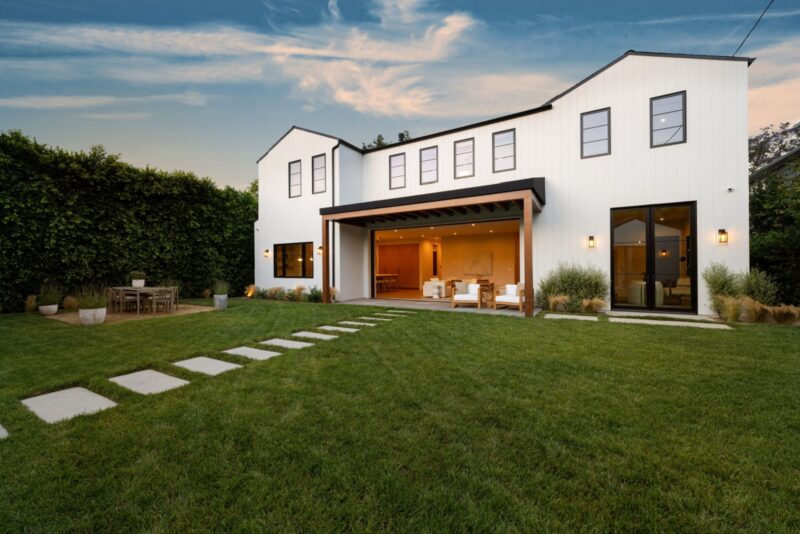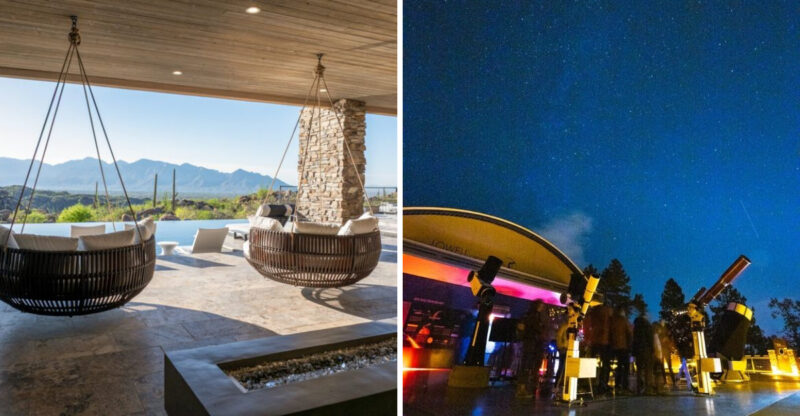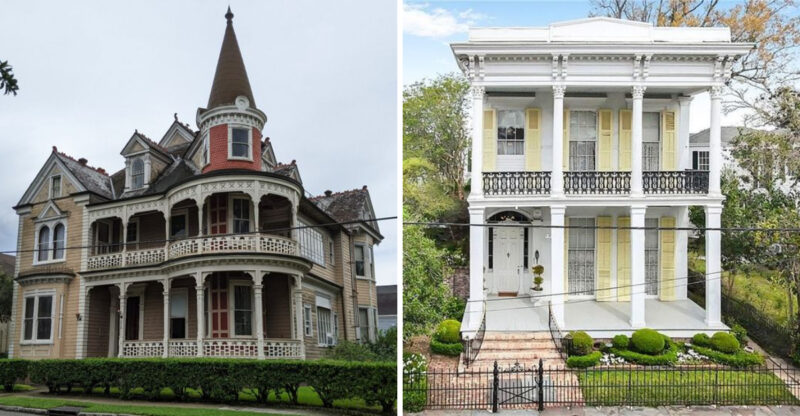9 Arizona Adobe Courtyards That Tell A Story
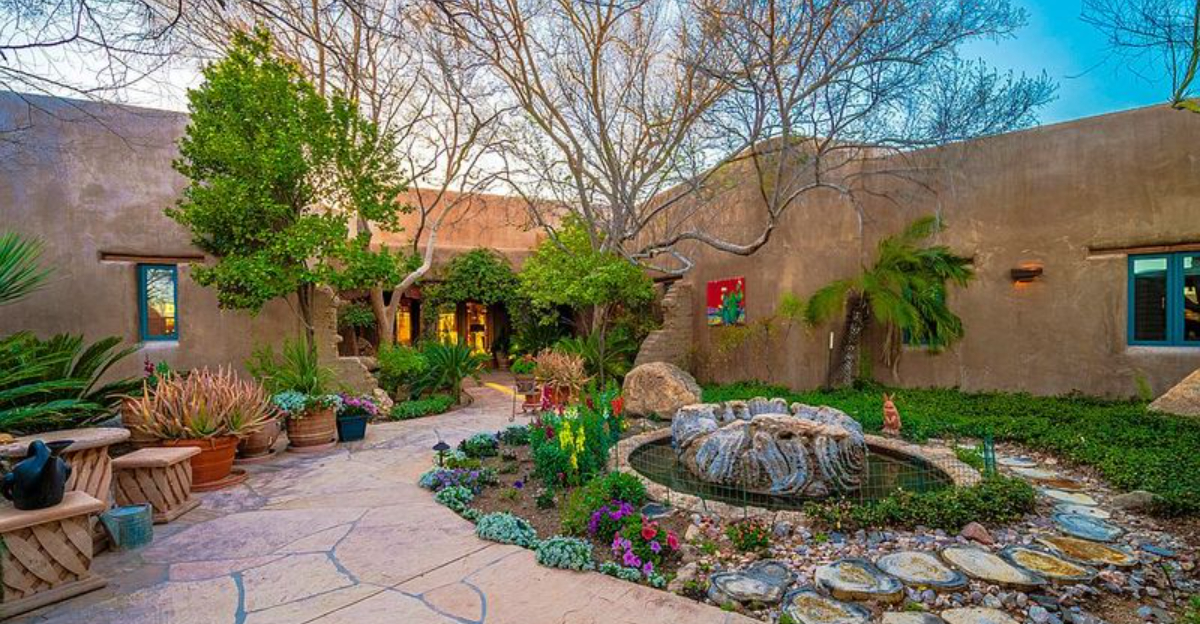
Arizona’s adobe courtyards are more than just beautiful outdoor spaces – they’re living history books. These special places blend Spanish colonial traditions with Native American influences, creating peaceful retreats from the desert heat.
Each courtyard has its own character and story, reflecting the rich cultural heritage of the Southwest.
1. The Secret Garden Of Tubac
Hidden behind the Presidio walls, this 18th-century courtyard features a central fountain where Spanish soldiers once filled their canteens. Desert wildflowers now bloom where military boots once trod.
Handcrafted tiles line the pathways, each one painted by local artists to depict scenes from Tubac’s colorful past. The original adobe walls still bear faint markings believed to be messages left by early settlers.
2. Whispers At Taliesin West
Frank Lloyd Wright’s desert masterpiece features a courtyard that captures the spirit of the Sonoran landscape. Morning light creates dancing shadows across the textured adobe walls, exactly as Wright intended.
Wright positioned the space to catch desert breezes while blocking harsh afternoon sun. Native cacti stand like sculptures against the earthy backdrop, carefully placed to complement the architectural lines that made Wright famous.
3. The Governor’s Retreat In Tucson
Once the private sanctuary of a territorial governor, this 1860s courtyard boasts the oldest mesquite tree in Tucson. Legend claims the tree was planted using seeds carried from Spain in a priest’s pocket.
The courtyard’s original well still exists, though now transformed into a wishing fountain lined with vintage Mexican coins. Hummingbirds flock to the ancient trumpet vines that have climbed the adobe walls for over a century.
4. The Artist’s Haven In Jerome
Perched on the mountainside, this former mining magnate’s courtyard now serves as an outdoor gallery for local artists. Copper elements salvaged from abandoned mines adorn the walls, oxidized to stunning turquoise patinas.
The original brick oven still works! Current owners bake bread using recipes handed down from Jerome’s early Italian immigrants. Visitors often comment on the courtyard’s unusual acoustics – whispers from one corner can be clearly heard at the opposite wall.
5. The Healer’s Sanctuary In Sedona
Nestled among Sedona’s red rocks, this courtyard was designed by a Navajo medicine man in the 1930s. The central space perfectly aligns with the summer solstice sunrise, creating a golden light show once a year.
Medicinal herbs still grow in the geometric garden beds, arranged according to traditional healing practices. Four stone benches mark the cardinal directions, each carved with symbols representing earth, air, fire and water – elements central to Navajo healing ceremonies.
6. The Rancher’s Oasis In Wickenburg
Cattle barons built this sprawling courtyard in 1890 as a desert oasis for entertaining Eastern investors. The massive mesquite beams supporting the surrounding portico were hauled 60 miles by mule team!
A hand-dug acequia (irrigation channel) still brings water to the courtyard’s heritage fruit trees. Ranch hands carved their initials into the courtyard’s adobe walls, some dating back to the 1800s, creating an informal guest book spanning generations of Arizona ranching history.
7. The Missionary’s Garden In Tumacacori
Adjacent to the famous mission, this courtyard served as the padres’ private garden for meditation and growing European herbs in the New World. The original stone pathways form a cross pattern, typical of Spanish mission design.
Descendants of fruit trees planted by early missionaries still produce heirloom varieties not found elsewhere in Arizona. Look for the mysterious carved stone basin in the corner – historians debate whether it was used for baptisms or wine-making, though local legends suggest both!
8. The Miner’s Respite In Bisbee
Copper mining executives created this shaded retreat to escape Bisbee’s intense summer heat. The courtyard floor incorporates actual copper slag tiles – byproducts from the smelting process that give off a distinctive blue-green shimmer.
Mining equipment parts have been cleverly repurposed as planters and water features. The courtyard’s most striking feature is its cooling system, underground channels that bring air from the nearby mountain caves, creating natural air conditioning that still works perfectly today!
9. The Trader’s Exchange In Yuma
River traders once gathered in this bustling courtyard to swap goods and stories. The central firepit still bears char marks from cooking fires that burned continuously for decades as travelers waited for safe river crossings.
Clay trading tokens have been found buried throughout the courtyard, some from as far away as Mexico City! The adobe walls contain bits of river driftwood, a unique building technique developed by early settlers who lacked access to traditional construction materials but had plenty of Colorado River debris.

